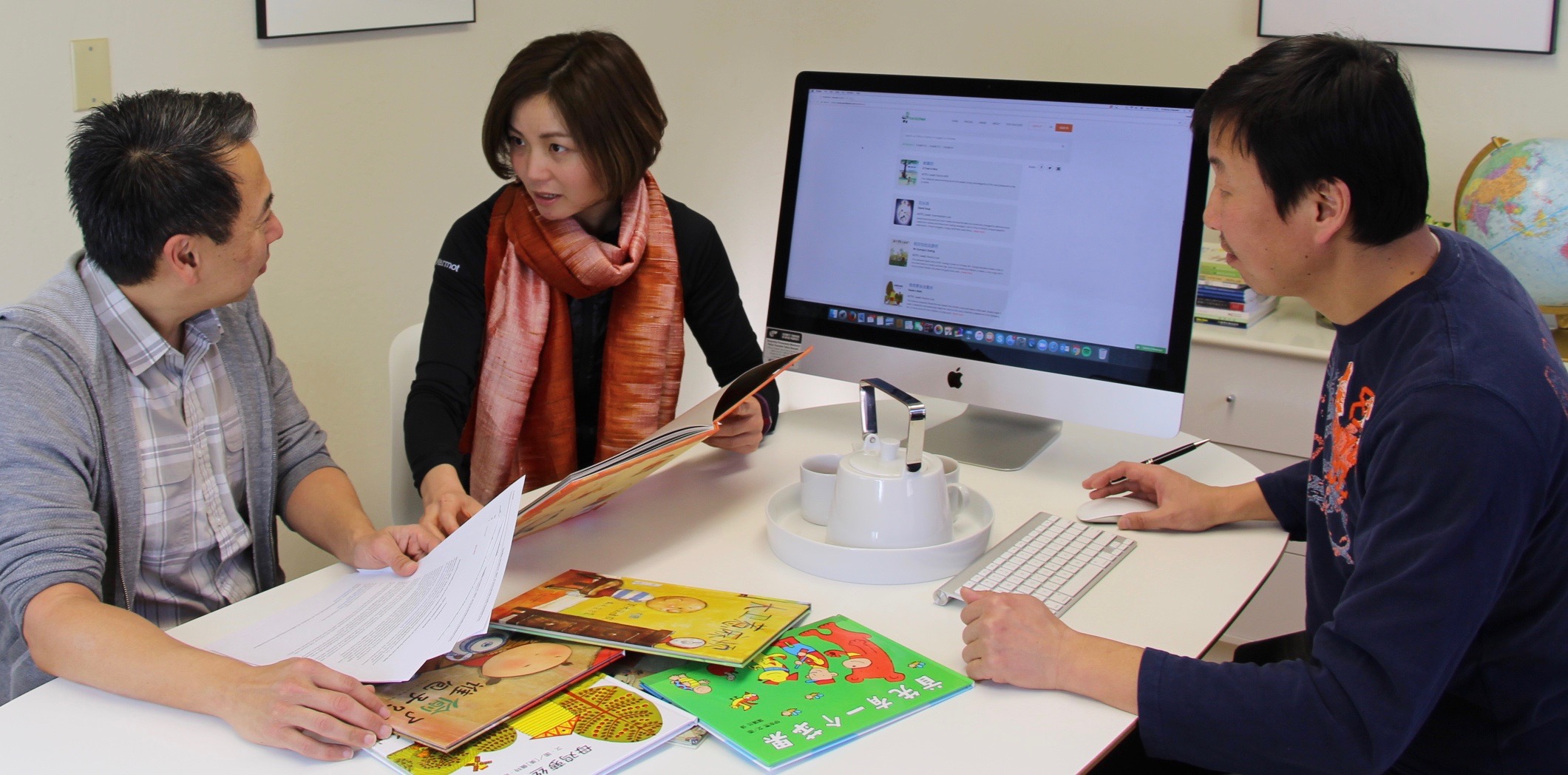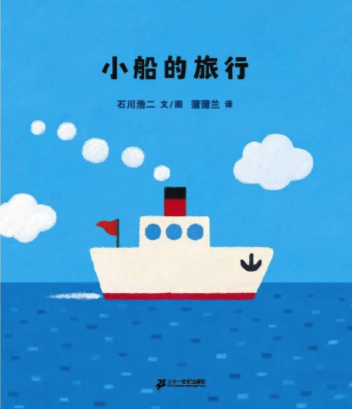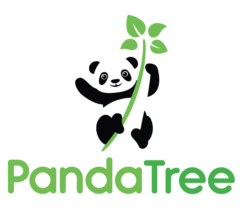
We often get asked by parents for recommendations about Chinese books for kids to read, so we’re thrilled to support the launch of Great Chinese Reads’ Recommended Chinese Reading List. Experts at Great Chinese Reads reviewed more than 2,000 books and selected 50 for inclusion in a leveled, searchable database available for free to parents, educators and students. PandaTree was delighted to work with Great Chinese Reads to bring their list to life online. Here’s a discussion with Great Chinese Reads Founder, Stella Su.
Kristina: Stella, what inspired you to develop the Recommended Chinese Reading List?
Stella: My family lived in Beijing until my daughter was five years old. Her preschool was located among the busy, crowded high-rises in the center of Beijing. We were fortunate to find a small and cozy children’s book store next door. The whole store was decorated with rainbow colors and housed thousands of picture books. My daughter and I visited the bookstore almost every day and she fell in love with the books there.
Now that we’ve moved back to the Bay Area, we have met many families who share a passion for having their kids learn Chinese. When talking with parents, teachers and librarians, we found that one of the biggest challenges mentioned is the lack of reading materials, especially good books. This reminded me of the wonderful books that we read at the small bookstore in Beijing and became the inspiration to start Great Chinese Reads. I wanted to help more Chinese learners discover the joy of reading great books.
Kristina: Developing this list was a big undertaking. How did you go about it?
Stella: We established a research team and in 2015 conducted our first survey of more than 260 parents and teachers to understand more in-depth about the challenges they were experiencing finding good Chinese books. Then a team of researchers, teachers and parents evaluated more than 2,000 titles based on criteria established by our research advisors and released the initial list of 50 recommended books. The list will keep expanding.
Kristina: As a parent of Mandarin learners, I find it can be hard to know what books are at the right reading level for my kids. Talk about the work your team did to provide leveling guidance for each book.
Stella: This was a big part of our work. With input from our advisors we developed an approach that considered the content knowledge, social emotional development phase, subject area, and language capability. We worked with Mandarin immersion teachers across the country and gathered their inputs in both qualitative and quantitative format. The leveling guidance was established by grade, based on typical reading abilities for a Mandarin immersion student, and aligned with the standards set by the American Council on the Teaching of Foreign Languages (ACTFL). Finally, we tagged the books by keyword, so it would be easy for parents and teachers to find books about certain subjects – like Chinese New Year.

Kristina: Your team spends a lot of time working with schools. What has their reactions been?
Stella: Our teacher and parent volunteers including myself often went to schools and libraries to read Chinese picture books to the children. People were amazed by the beauty of the books and kids really enjoy the wonderful literature. The mostly asked question was how to get access to the recommended reading list from Great Chinese Reads. One of the most convenient ways is to bring it online and make it searchable by grade and topic.
Kristina: Where can parents find the books on your list?
Stella: I suggest checking their library or child’s school first. Thanks to our generous supporters we’ve awarded mini-grants to schools and libraries to help them get access to the books. Many of the books are also available for purchase on various e-commerce websites in the US. Our amazing volunteers have also helped bring free Chinese story times for children to their neighborhoods.
Kristina: You probably have read more Mandarin Chinese children’s books than anyone I know. So I have to ask: any favorites?
Stella: One favorite is the very first picture book that I read with my daughter, 小船的旅行 (Funekun No Tabi – The Adventure of a Small Boat). It was written and illustrated by Japanese author and illustrator Koji Ishikawa, who is famous for his early childhood picture books. It was translated directly from Japanese to Mandarin, and an English version is not available yet. When my daughter was two years old, she asked me to read this book with her almost every day. A secret I want to share with you is when we got to the page where the small boat encounters several islands of different shapes, my daughter always flipped to the back cover of the book and pointed to one more island hiding there! So don’t forget to check it out and have one more adventure for the small boat.
Kristina: Thank you, Stella, for all the amazing work you’ve done to bring this Recommended Chinese Reading List to life.
Stella: Thank you, Kristina, for all of PandaTree’s support. I wish you a prosperous Year of the Rooster!
We want to hear from you. What are some of your favorite Chinese books for children?
